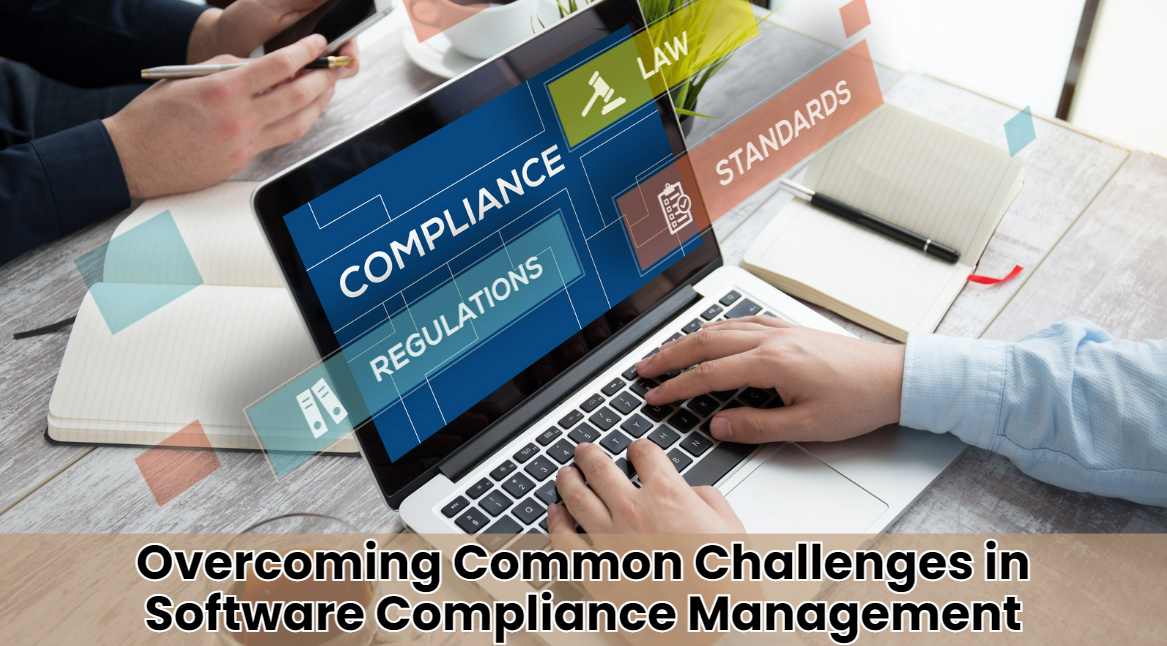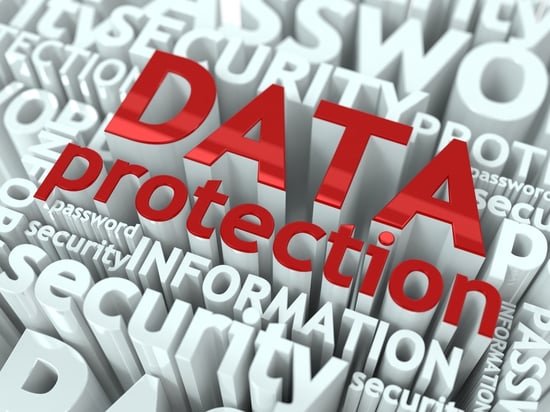
Are you leading in the shifting world of software compliance? Is it hard for you to keep up with complex licensing agreements or to keep the pace of regulatory change at an organization moving quickly? What about adhering to the business's everyday needs?
Common issues in software compliance management are well-known, but how should they be addressed to protect your organization from potential risks?
Understanding and Managing Complex Licensing Agreements
Understanding complex licensing agreements is one of the hardest parts of managing software compliance. Software vendors use many license models, such as per-user, per-device, subscription-based, or perpetual licenses.
In this context, detailed how to order guides can help teams quickly review licensing documentation, spot inconsistencies, and keep track of key terms across multiple contracts, making compliance workflows more accurate and easier to manage.
This can be achieved through a centralized software asset management system, such as GRC risk management software. If you're unfamiliar with the concept, it's worth taking a moment to understand what GRC is and how governance, risk management, and compliance frameworks strengthen software asset management practices.
In this respect, a strong GRC compliance software or GRC software would inventory all software licenses, track the ongoing software usage, and make sure everything complies according to the agreement in the licensing agreements.
Keeping Up With Evolving Compliance Regulations

The regulatory landscape is ever-changing, and keeping abreast of evolving compliance requirements can be overwhelming. New changes in the law could mean software use adjustments, additional security controls, or changes in how data in sales intelligence tools is handled within an enterprise.
Have a compliance team that can track regulatory changes and develop policies to maintain compliance. Regular audits and assessments can help identify areas of compliance risk.
Managing Software Usage Across Multiple Locations
Another challenge is managing software compliance for organizations with multiple offices or remote workers. Compliance requirements for software compliance management differ in various regions, so they would have to be observed from all locations.
How does this get done? This requires a centralized software management system, such as a risk and compliance management solution, to provide a clear view of all software in use at every location. The system will allow the monitoring, and management of software remotely, and ensure the application of compliance policies.
Ensuring Data Security and Privacy Compliance

Software compliance is central to data security and privacy, and there are also increasingly frequent data breaches and cyber-attacks. Compliance with some regulations, such as GDPR or HIPAA, requires maximum protection mechanisms to be put in place.
Medical compliance software can help organizations meet regulatory data privacy standards, particularly in managing protected health information securely across distributed systems.
Security testing is necessary to discover vulnerabilities within software systems. Implementing encryption, access controls, and data anonymization is necessary for sensitive information. Compliance management software, in particular tools such as Contract Risk Management Software or GRC Software, can automate and streamline this process.
Vendor Audit Management
Software vendors often conduct audits to ensure that their customers' usage is within the bounds of the licensing agreements. Such audits may be quite painful and stressful if an organization is not well prepared. Non-compliance can result in heavy fines and additional license purchases.
Proper preparation for the vendor audit requires an accurate record of all software use and licensing agreements in the organization. A good, organized SAM system, such as GRC compliance software, can quickly provide the required documentation for proving compliance in the event of an audit.
Balancing Cost and Compliance
Software compliance can be particularly expensive, especially when purchasing more licenses, upgrading systems, or investing in new measures against non-compliance. Organizations must strike a balance between the cost of compliance and the need to remain within budget.
Any organization can reduce its software spending by periodically reviewing software usage and licensing needs. Licenses that are not in use or are underutilized can be decommissioned to cut down costs.